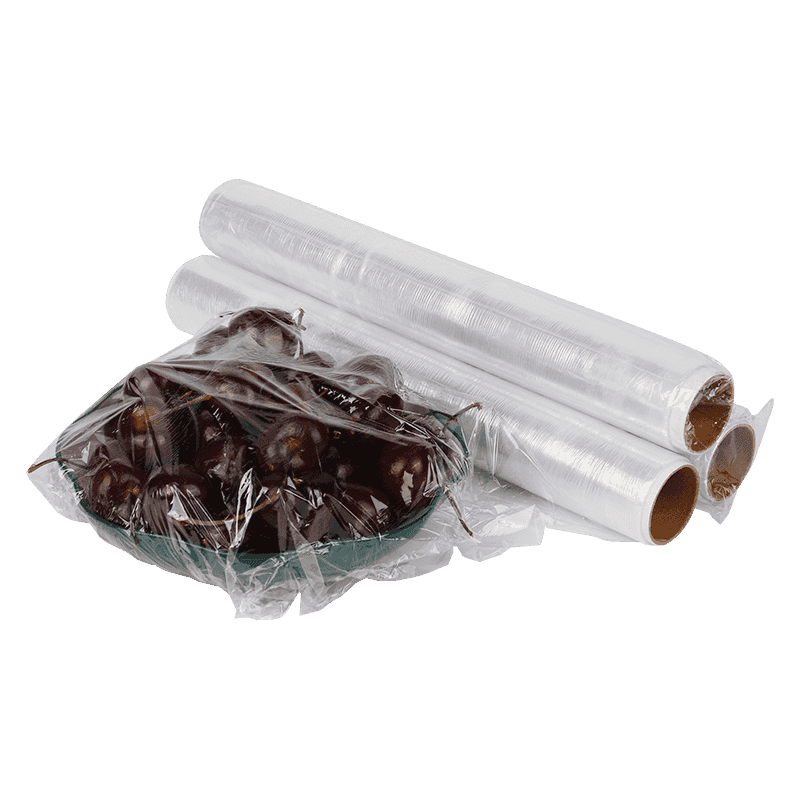What trends are influencing consumer demand for eco-friendly packaging in various markets?
Recently, the demand for eco-friendly packaging has surged, driven by a confluence of trends across various markets. One of the most significant factors influencing this shift is the growing awareness of environmental issues among consumers. As climate change and plastic pollution become increasingly urgent topics, people are more conscientious about the products they purchase and the packaging they come in. This awareness has led to a heightened demand for sustainable packaging solutions that minimize environmental impact. Consumers are not just looking for products that are effective; they want those that reflect their values, emphasizing the importance of sustainability in their purchasing decisions.
Another trend fueling the rise in eco-friendly packaging is the increasing influence of regulatory measures. Governments around the world are implementing stricter regulations on packaging waste, particularly single-use plastics. These regulations create a pressing need for companies to adapt by adopting more sustainable packaging options. For businesses, this shift not only helps them comply with laws but also enhances their reputation, appealing to environmentally conscious consumers. Moreover, companies that proactively embrace eco-friendly practices often find a competitive edge, as they can market themselves as leaders in sustainability, attracting a dedicated customer base willing to pay a premium for responsibly packaged goods.
Technological advancements also play a pivotal role in shaping the landscape of eco-friendly packaging. Innovations in materials, such as biodegradable plastics, recycled paper, and plant-based alternatives, are making it easier for companies to find sustainable options that meet both performance and aesthetic requirements. This evolution is particularly relevant in industries such as food and beverage, where packaging must not only preserve the product but also be safe and appealing to consumers. The introduction of smart packaging technologies that track freshness or reduce waste adds another layer of appeal, making eco-friendly options more attractive and viable for businesses.

Additionally, the influence of social media cannot be underestimated. Platforms like Instagram and TikTok have amplified the visibility of brands that prioritize sustainability, encouraging others to follow suit. Influencers and advocates for eco-friendly practices share their experiences and educate their audiences, creating a ripple effect that drives consumer expectations. As a result, brands are increasingly adopting transparent communication strategies about their packaging choices, often highlighting their efforts in sustainability to connect with consumers on a personal level. This engagement fosters a sense of community and shared purpose among environmentally conscious shoppers, further solidifying the demand for eco-friendly solutions.
Finally, shifting cultural values and demographic trends are reshaping consumer behavior. Millennials and Gen Z, in particular, are more likely to prioritize sustainability in their purchasing decisions, viewing eco-friendly packaging as a reflection of their identity and values. This demographic shift encourages companies to rethink their packaging strategies to cater to a consumer base that is not only knowledgeable about environmental issues but also vocal about their expectations. As these younger generations continue to gain purchasing power, their demand for eco-friendly packaging will likely intensify, compelling brands to innovate and adapt to remain relevant in an ever-evolving market.
The demand for eco-friendly packaging is influenced by a combination of consumer awareness, regulatory pressures, technological advancements, social media dynamics, and changing cultural values. Together, these trends not only shape consumer expectations but also challenge companies to rethink their packaging strategies, ensuring that sustainability becomes a core element of their operations. As this movement continues to grow, it is clear that eco-friendly packaging will play a crucial role in the future of commerce, driving brands toward more responsible practices while meeting the needs of environmentally conscious consumers.

prevNo previous article
nextHow do bamboo straws fit into the broader context of sustainability movements?



 English
English 中文简体
中文简体 Español
Español
















